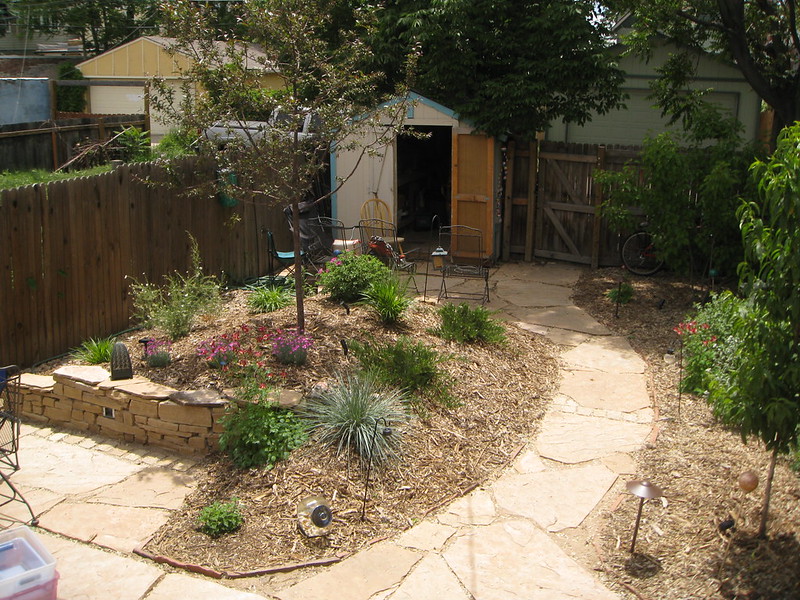
There’s a landscaping term that you might have heard of lately, especially in Texas, but likely have no clue what it means. While it sounds like a high-grade piece of medical equipment, xeriscaping is something entirely different altogether. Xeriscaping is a specific landscaping method that was developed with arid, dry climates in mind. The purpose of xeriscaping is to utilize specific water-conservation techniques in order to save water, especially when consistent rainfall isn’t so readily available in certain parts of the country. Xeriscaping is on the rise in Texas, and here are a few things to take into account before you choose this method for your landscaping.

What are the basic principles of xeriscaping?
Let’s start with the basics of xeriscaping your yard, such as what it consists of and how it works. Within xeriscaping, there are actual 7 water-saving principles within the act that will help start you off right. These principles include planning & design, soil improvement, practical lawn area, efficient irrigation, water-wise plants, appropriate maintenance, and mulching.
Xeriscaping using very specific planning and design, and limits lawn or grass to minimal use in the yard. With that said, turf, or grass, is used in functional areas rather than from fence post to fence post. Within the practice of xeriscaping, water-efficient plants are used, as well, so that you aren’t constantly needing water to keep everything alive. This is incredibly helpful during Texas summers, where rain is at a minimum and just leaving a yard be can be pretty relaxing.
How exactly does xeriscaping save water in a yard?
So, how exactly does xeriscaping save water for your yard? Many xeriscapes say that using this landscaping practice can reduce water by 50 to 75%! That’s not only saving water but also money. Because one of the main aspects of xeriscaping is installing an irrigation method that is efficient, and when paired with drought-tolerant plants, water usage becomes less. Drips or soaker hoses within the irrigation apply water directly to the base of the plant, which helps to curb any sort of evaporation when applied above. This means that only the water needed is taken and none is wasted elsewhere.

What plants are best for a xeriscaped yard?
Before you jump into xeriscaping just yet, it’s important to understand which plants will be best for a xeriscaped yard. You’ll want to use low-water plants, especially those that are drought tolerant and thrive in full sunlight. Believe it or not, these water-wise plants end up being just as beautiful in your yard as other plants, but instead, they have an added benefit thrown in the mix!
Xeriscaping plans usually have thicker leaves or stems, which can help enable water storage for those bouts of time where rainfall isn’t too common. For instance, lavender makes for great xeriscaping plants, as well as Russian sage and lyme grass. Small-leaf plants like Corsican stonecrop of mossy saxifrage also make for excellent low-water ground cover plants. Also consider cacti, too!

Always remember, if you need help xeriscaping your yard, Handsome Lawn Service is here! We can help you get your Texas lawn running smoothly and efficiently for years to come.



